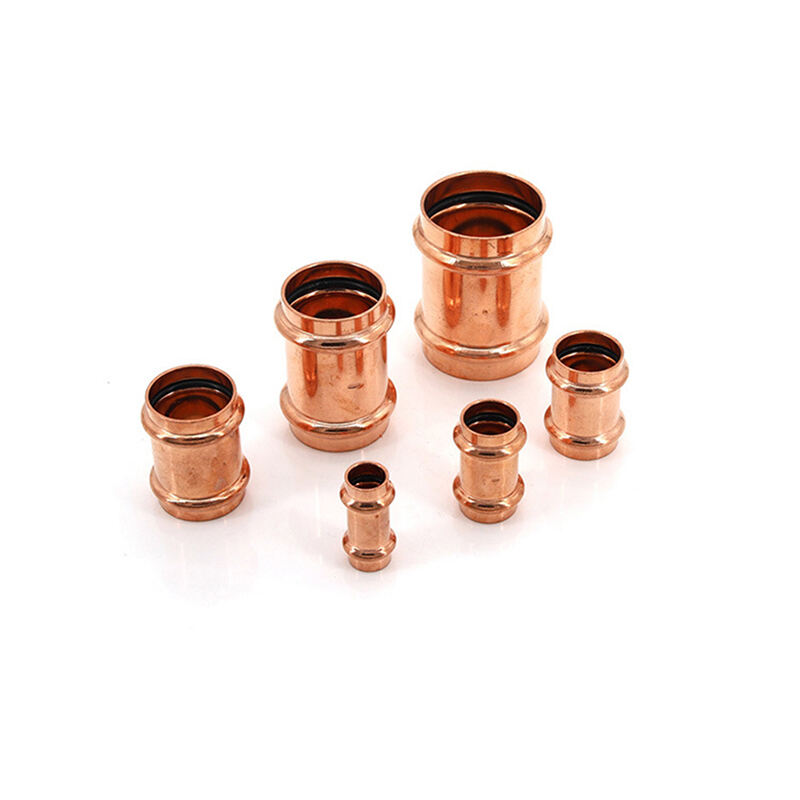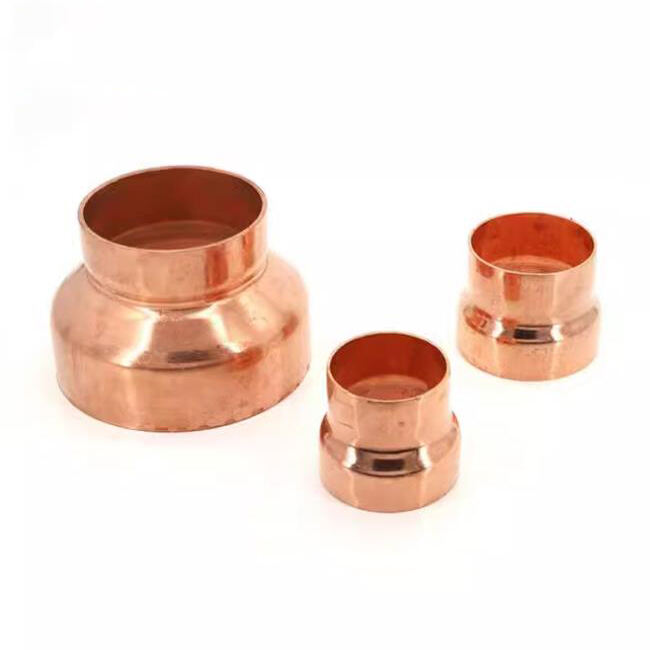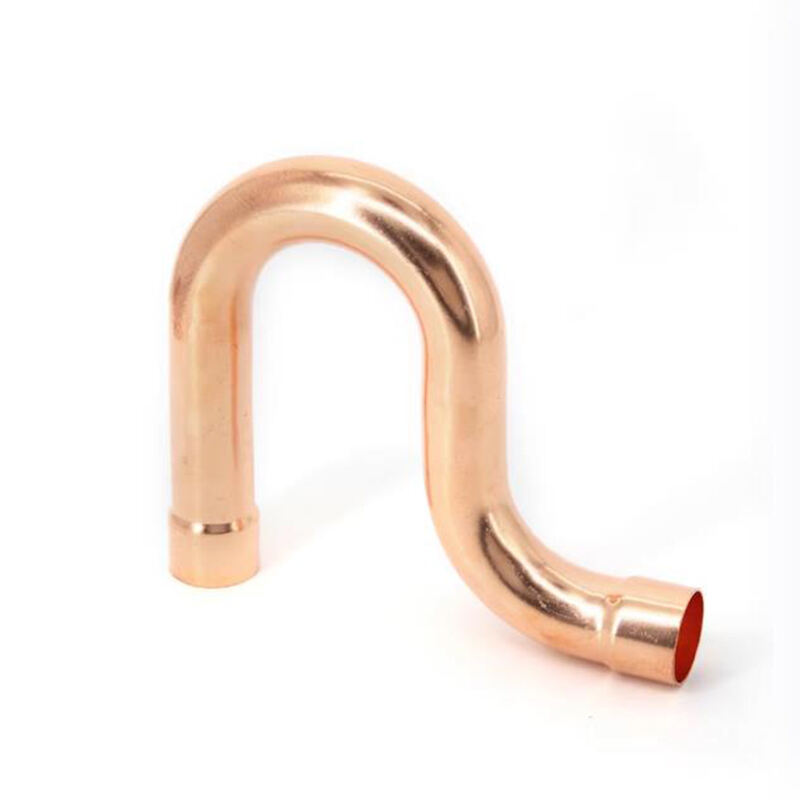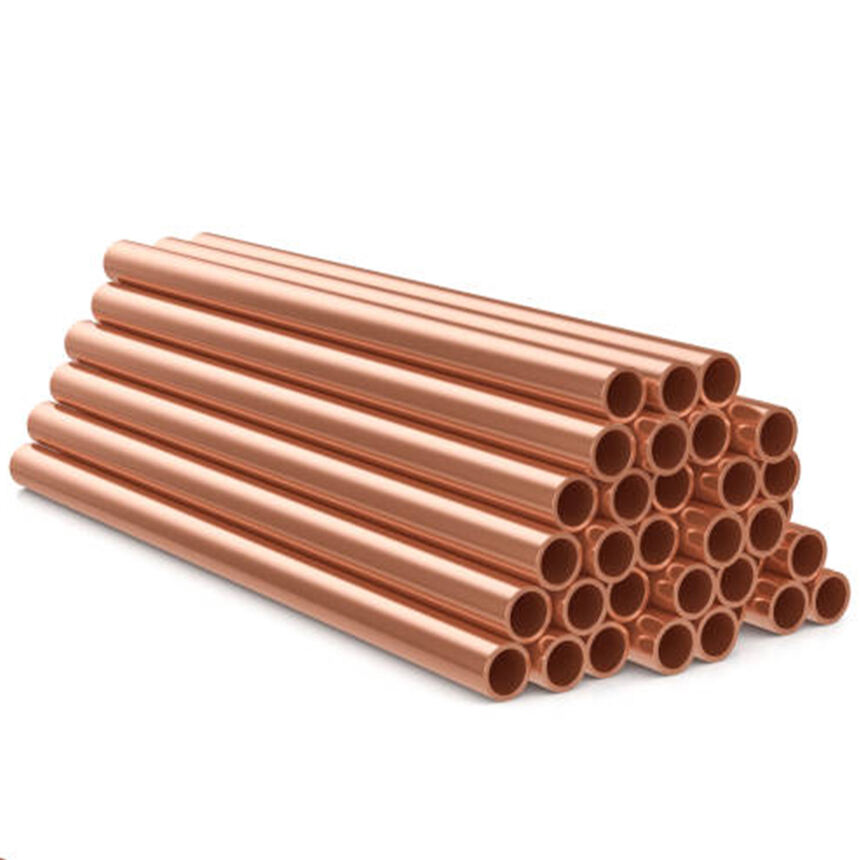Copper couplings play a key role in plumbing and piping setups. They fit over two ends of copper pipe to create a strong, leak-tight bond. These couplings resist rust, tolerate high temperatures, and conduct heat well, which is why you’ll find them in water, heating, and refrigeration lines. By choosing quality copper, you make sure the system stays dependable in homes and businesses alike.
Common Types of Copper Couplings
You’ll run across a few common kinds of copper couplings in the field: slip, threaded, and compression. **Slip couplings** are for solder joints—they slide right on, so you can heat, bond, and continue. **Threaded couplings** have male and female threads that screw tight, avoiding the torch and solder. Finally, **compression couplings** let you fasten a ring and nut that press the two pipe ends together, making them a breeze for repairs. The right coupling always hinges on what the job demands.
Advantages of Using Copper Couplings
Copper couplings boast multiple perks. Their strong resistance to rust keeps the inside of pipes clean, so drinking-water quality is never a worry. They can handle high pressure without weakening, and they effectively move heat and cold, keeping air and water systems running smoothly. Troubleshooting is simple, too: a quick joint touch-up keeps jobs on track, and the pieces last long enough that costly maintenance is rare.
Installation Tips
Get the most from your copper with a few smart moves. For soldered joints, wipe the copper shiny, apply a thin coat of flux, and heat just enough for the solder to flow—not too hot, and not soot. Threads don’t seal by chance; screw them snug, watch for marks on the nut, and don’t over-tighten. For compression joints, tighten the nut firmly but with feel, so the ring bites without breaking. Follow the fixture’s manual, and your copper will have a trouble-free seal for years.
Applications in Modern Plumbing
From cape to condo, copper couplings are a go-to choice. Homeowners count on them for drinking water and hot-water baseboard jobs; restaurants rely on them to move steam and chilled glycol, and factories pair them with ammonia in tough refrigeration lines. The pieces fit old and new designs alike, so a century-wooden lat pipes can link to tomorrow-year’s trim copper with a simple push and solder; no transitions are needed, making retrofits a breeze.
Maintenance and Longevity
Using copper couplings has the clear edge of tiny upkeep and a very long life. A yearly walkthrough will catch tiny leaks or the start of corrosion before they matter. Keeping joints clean and letting no moisture hang at the seams also radar the system for years. Tough, quality copper couplers often outlast the owner of the house, already a money saver for homes and huge plants alike.
Conclusion
Copper couplings are the everyday hero of piping: they get the job done, stick around, and play along with just about any system. When you know the different kinds, the perks, and how to put them in right, the chances of a surprise repair go way down. Pick the right copper coupler, and you speed up the system, chop down the service list, and go worry-free for a long time.




![Copper Couplings: Secure, Durable Pipe Connections Explained [Guide]](https://shopcdnpro.grainajz.com/category/374299/2466/6ab9fd5c69a8864c0f1012f9fbe15b3f/5b66b704-8e60-41df-81e0-43c851b3d56c.jpg)
![Copper Couplings: Secure, Durable Pipe Connections Explained [Guide]](https://shopcdnpro.grainajz.com/category/374299/2466/ba23363e38c4d40101a70b1a1abe239e/%E6%9C%AA%E6%A0%87%E9%A2%98-1.jpg)



